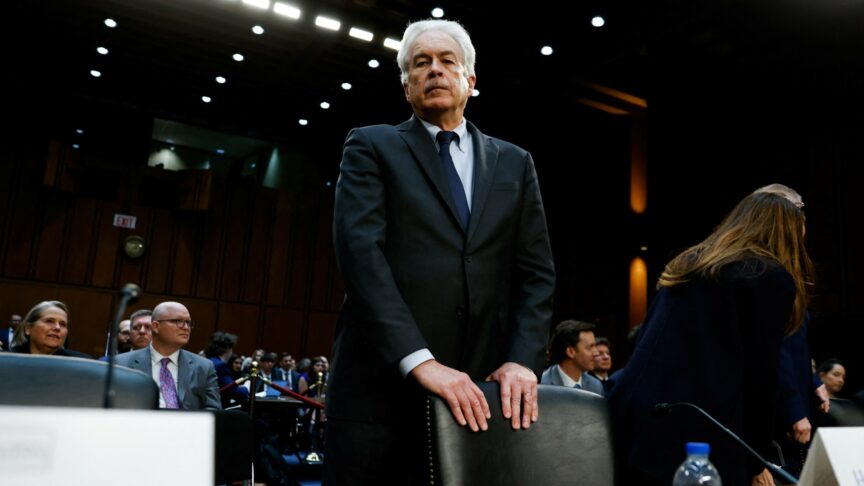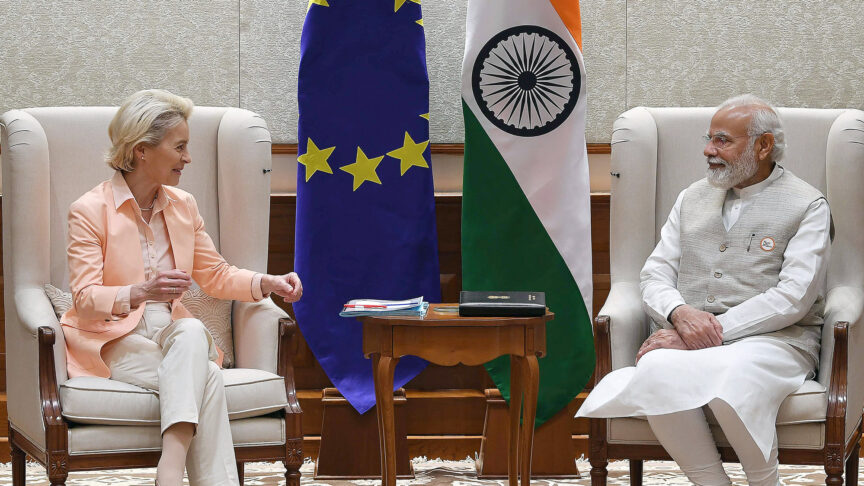Insecurity in the Sahel: Europe’s next fight against jihadism
The G5 Sahel has an excessive focus on security issues, as this has come at the expense of the political and governance issues it must deal with to truly stabilise the region.
On 2 February, following a month filled with international conferences and regional meetings aimed at forging a better path forward for the Sahel, the region’s jihadist groups made their voices heard. Fighters from the Group for the Support of Islam and Muslims (JNIM), an organisation aligned with al-Qaeda, killed at least 20 gendarmes at an isolated base in Sokolo, a Malian town less than 100km from the border with Mauritania. This was one of a series of recent attacks against soldiers and civilians in the region conducted by JNIM and the local affiliate of the Islamic State group (ISIS). They, along with associated militant groups, have slowly but surely spread their attacks through Mali, Niger, and Burkina Faso, potentially threatening coastal West African states.
The persistent – and possibly expanding – jihadist presence in Mali and the wider Sahel reveals the shortcomings of some of the plans that the G5 Sahel (Burkina Faso, Chad, Mali, Mauritania, and Niger), France, and other representatives of the international community put forward at a summit in Pau in mid-January, as well as a recent meeting of the G5 Sahel chiefs of staff in the capital of Burkina Faso, Ouagadougou. Following these conferences, much international attention focused on the announcement that the parties’ combat operations would focus on the regional ISIS affiliate and Liptako-Gourma, an area that roughly encompasses the tri-border region between Mali, Burkina Faso, and Niger.
In Pau, the security partners agreed to reinforce their military and intelligence cooperation with one another; to create a joint command for the Liptako-Gourma region comprising the G5 Sahel nations and French forces; and to ensure that other initiatives for the region would fall under a new “Coalition for the Sahel”. At the meeting in Ouagadougou, meanwhile, the G5 Sahel chiefs of staff agreed to increase the distance into participating countries their forces could range from 50km to 100km. They also formalised other arrangements for operations on one another’s terrain, such as that to facilitate the deployment of a contingent of Chadian soldiers to Liptako-Gourma for combat operations.
Initiatives for the region would fall under a new “Coalition for the Sahel”
While the growing jihadist threat merits a great deal of attention, the meetings’ focus on security issues was excessive. This is because it came at the expense of political and governance issues that the G5 Sahel must deal with to provide any kind of lasting stability in the region.
Speaking to reporters a week after the Pau meeting, French military chief General François Lecointre provided some detail about the plans. And even more detail has emerged since then. The security partners will deploy around 600 additional soldiers to the region. The G5 Sahel’s concentration on Liptako-Gourma would, in Lecointre’s words, facilitate “permanent action on the ground, 24 hours a day and seven days a week”. He also envisioned the involvement of up to 500 troops in the French-led Operation Takuba, a pan-European special forces deployment largely focused on Mali – which would not just train Malian forces but also accompany them in the field. Yet he also chastised the European Union for refusing to contribute to the mission sufficiently or to go further in accompanying Malian troops in the field (the EU Training Mission in Mali is based in southern Mali and conducts training in various parts of the country, but does not accompany Malian troops on operations).
A draft of the road map from the Pau meeting, which has not been publicly released, contains around 41 action points pertaining to military deployment, cooperation, basing, and operational authorities for France, the G5 Sahel countries, the UN peacekeeping mission in Mali (MINUSMA), and the international community. These ambitious plans mostly focus on measures due to be implemented by the end of March 2020 – though some, such as the full deployment of Operation Takuba, are widely expected to come later in the year. Given ongoing delays in the security forces’ deployment and other grand plans – such as that for the recruitment of 10,000 troops to Mali’s armed forces, as recently announced by Prime Minister Boubou Cissé – it is unclear whether these coordination and deployment goals are feasible. As such, there is a risk of further delays to an already inscrutable collage of regional and international promises and programmes.
The more political sections of the road map also contain several potential hurdles, again demonstrating the shortcomings of their authors’ approach to stabilising the region. The first section, for instance, deals with the implementation of the Algiers Accords in Mali, a 2015 peace deal that has repeatedly stalled at nearly all levels. The provisions the road map lists pertain to the redeployment of Malian forces to the northern city of Kidal; the deployment of, and integration of former militants into, reconstituted security forces; and development and decentralisation initiatives that are core elements of the Accords. However, according to a recent report by the Carter Center, the official independent observer of the Accords’ implementation, there was a lack of progress overall – and, in some areas, regression – in the process in 2019, while both Mali’s government and signatory armed groups remained unwilling to change this. The situation raises questions about whether political progress in Mali demands a new approach rather than a mere insistence on implementing the Accords.
The section of the road map devoted to governance focuses on technical matters, thereby failing to address deeper deficiencies. The first point calls for the “judicialisation” of investigations into massacres of, and other crimes against, civilians. But it does so without addressing the widespread dysfunction and corruption that have led to widespread criticism of the Malian justice system. Similarly, the second point of the section is devoted to organising an anti-terrorist judicial structure, but this could not function effectively within a deficient justice system. The implementation of the third point – which calls for continuing the fight against corruption, enhancing economic governance, and improving the business climate – will require governments in the Sahel to engage in substantive reforms. They will only do so under real external pressure in these areas, which has been sorely lacking in recent times. And the fourth and fifth points, which focus on anti-trafficking measures and border security, would have to contend with the complex (and sometimes stabilising) role that trafficking can play in local economies in the Sahel – a subject that requires careful reflection on which trafficking networks to disrupt, and how.
To be sure, as only the outline of a plan, the road map needs a lot of work before implementation. Nonetheless, the fact that recent discussions in Pau and elsewhere heavily focused on security – while failing to grapple with core political issues of governance and the security forces’ sometimes abusive treatment of communities they are meant to protect – is a cause for concern. Ultimately, these provisions focus on the return of the state to troubled areas. But there remain questions about what kind of state should return, and how to avoid repeating the errors and oversights that helped destabilise the Sahel in the first place.
The European Council on Foreign Relations does not take collective positions. ECFR publications only represent the views of their individual authors.


